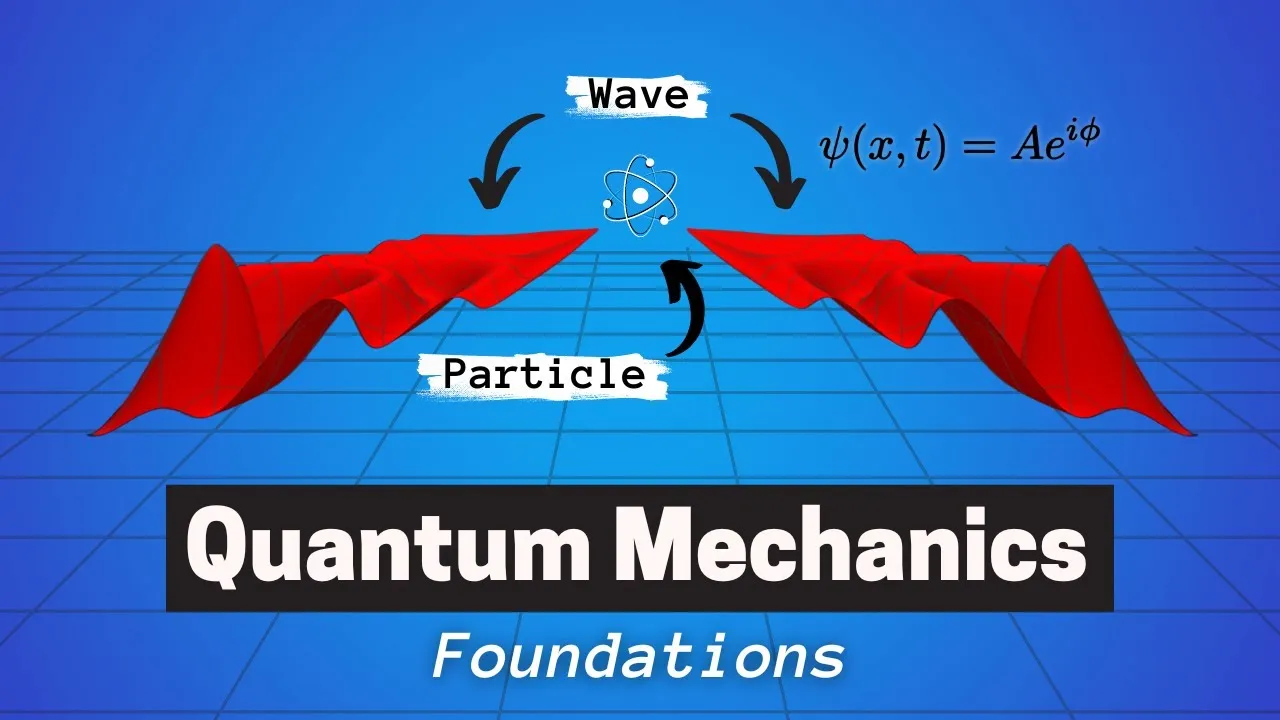Discover how the behavior of a quantum particle is described by its wavefunction!
Quantum mechanics deals with the laws of physics on the smallest scales. And tiny particles like electrons don't behave at all the way we're used to in classical mechanics. Instead of following a well-defined trajectory, a quantum particle is described by a wavefunction that's spread out through space, and that evolves over time.
In this video, we'll discover why we need wavefunctions to describe quantum mechanical particles by investigating a classic experiment called the double-slit experiment. The results will reveal that quantum particles share properties of both classical particles and classical waves---what's sometimes called "wave-particle duality."
It's all very counterintuitive. But the math that's involved is actually very simple! And the consequences of the experiment will lead us directly to the idea of the wavefunction.
0:00 Introduction
3:39 Classical particles
5:01 Classical waves
13:35 Quantum particles
17:47 Wave-particle duality
19:04 The wavefunction
20:47 Summary
Double-slit laser interference pattern:
https://en.wikipedia.org/wiki/Double-slit_experiment#/media/File:Single_slit_and_double_slit2.jpg
Electron interference pattern:
https://www.hitachi.com/rd/research/materials/quantum/doubleslit/index.html
📝 Get the notes for free here: https://courses.physicswithelliot.com/notes-sign-up
Subscribe: https://www.youtube.com/@PhysicswithElliot/featured
